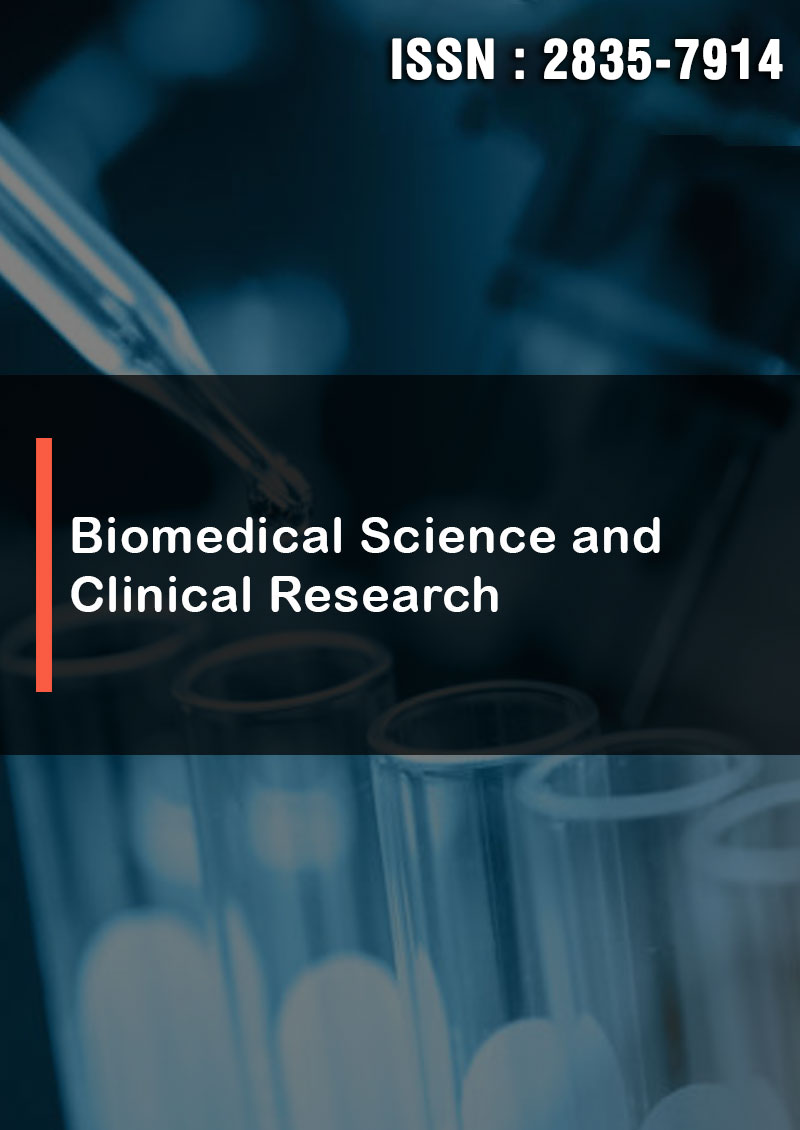Impact of Laser and Ultrasound on Pain Intensity and Enamel Surface During Orthodontic Debonding (A Randomized Clinical Trial)
Abstract
Deab Almohamad, Hassan Farah and Obada Jabbour
Introduction: Orthodontic debonding procedures usually involve pain and discomfort. The purpose of this in vivo study was to evaluate the effectiveness of laser and ultrasound on pain management during orthodontic debonding along with its effect on the enamel surface.
Materials and Methods: 42 patients referred for orthodontic treatment at the Department of Orthodontics, University of Hama, were recruited. After finishing treatment, a randomized debonding was accomplished with one of three methods: group 1 (control group): bracket removing plier (KP-013-135-PMK ,CHIFA ,Germany); group 2: Er:YAG laser (Pluser, Doctor Smile, Italy); group 3: ultrasonic scalar (Woodpecker, UDS-J ,China) (n=14). The pain intensity was evaluated using numeric rating scale (NRS), and the amount of adhesive remnant was determined by The Adhesive Remnant Index (ARI). Data were subjected to analysis of variance (ANOVA) and Bonferroni test.
Results: The highest NRS values was observed with group 1 (3.86 ± 1.46), whereas the lowest values were recorded with group 2 (1.64 ± 1.15). Debonding brackets using Er:YAG laser produced significant lower pain intensity compared to plier and ultrasonic scalar (P < 0.05). The ARI values recorded for group 1 were significantly higher than those of two other groups (p<0.05), while there were no statistically significant differences between group 2 and group 3.
Conclusion: Debonding orthodontic bracket with Er: YAG laser reduce the pain intensity and discomfort. Additionally, Er: YAG laser appears as an alternative method to reduce the adhesive remnants were left on the tooth surface.



